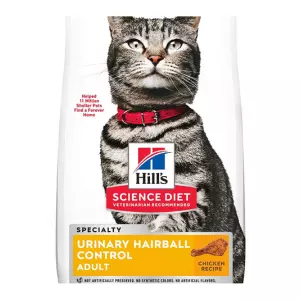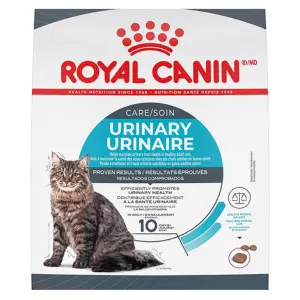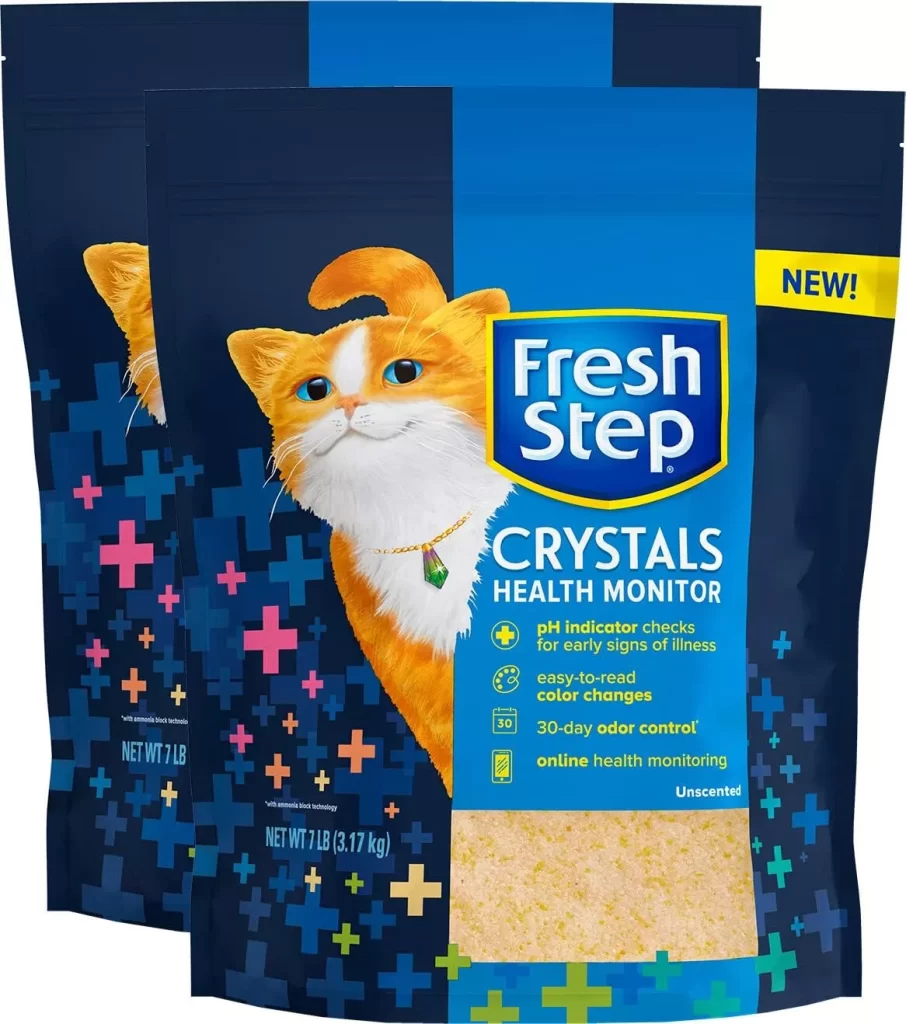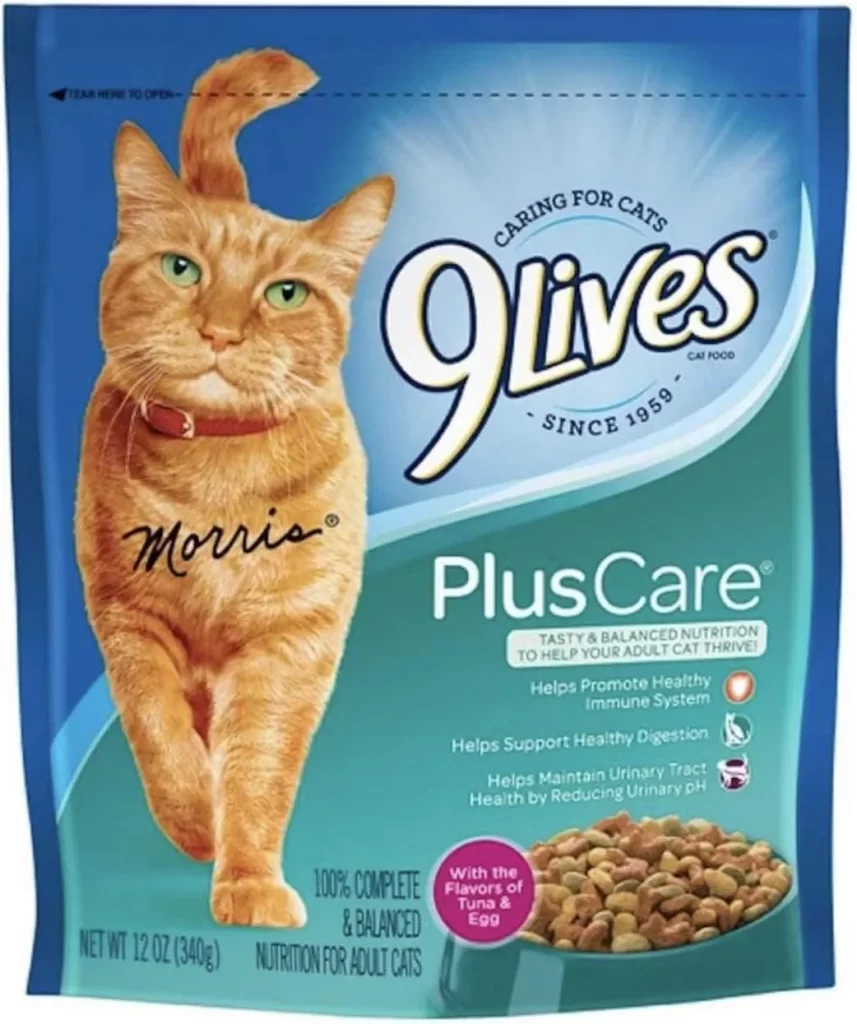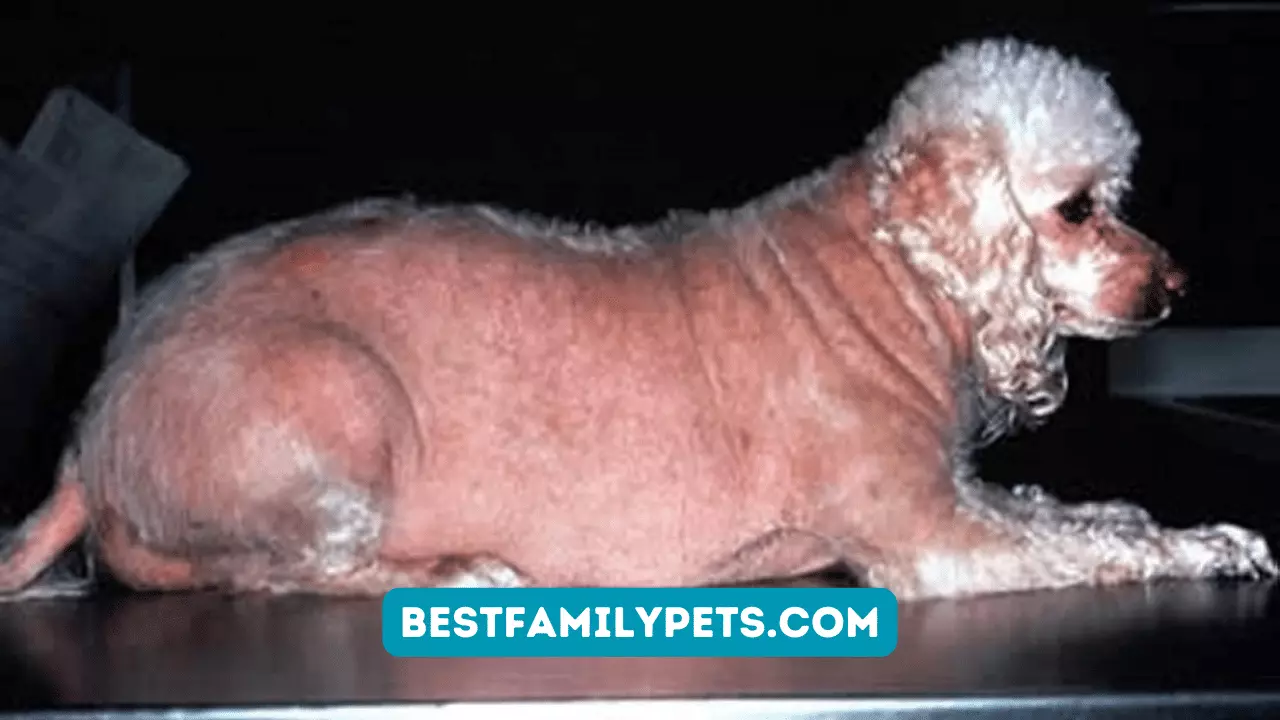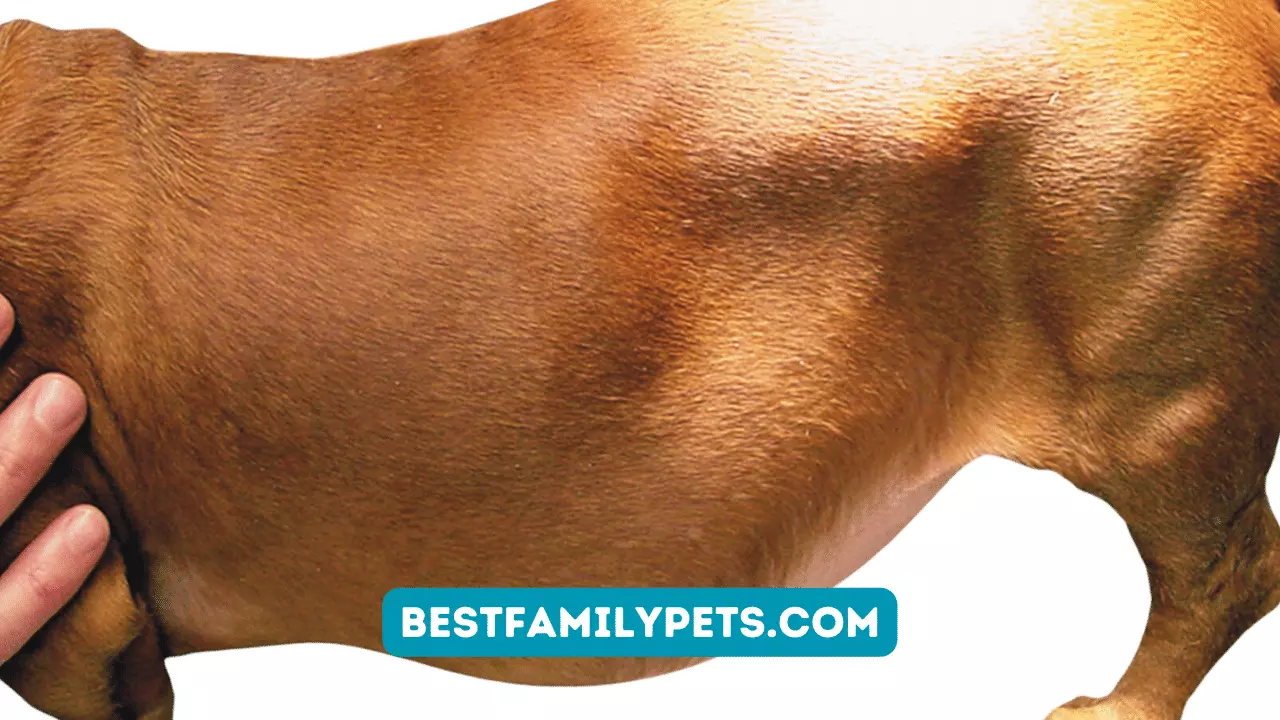Urinary Crystals in Cats: Treatment Options
Urinary crystals in cats are a common condition that can lead to serious health problems. Take steps to treat urinary crystals in your cat!
The first step is to understand what urinary crystals are. Crystals form when the urine becomes too concentrated. This can happen for several reasons, including dehydration, poor diet, and certain medical conditions.
Some types of crystals are more likely to cause problems than others. The most common type of crystal in cats is struvite. Struvite crystals can grow large and block the urinary tract. This can lead to infection and even kidney failure.
The best way to prevent urinary crystals is to feed your cat a balanced diet and ensure they stay hydrated. If your cat develops crystals, treatments are available to dissolve them and prevent further problems.
Talk to your veterinarian if you think your cat may have urinary crystals. They can help you identify the problem and create a cat urine crystals treatment plan to keep your cat healthy and happy.
Top Products for Managing Urinary Crystals in Cats
- Nutramax Cosequin for Cats Joint Health and Urinary Tract Supplement
- Vetoquinol Viralys L-Lysine Supplement for Cats
- PetHonesty Cranberry for Dogs and Cats – Bladder and Urinary Tract Health Supplement
- Feliway Classic Calming Diffuser for Cats – Urine Marking and Scratching
- Pet Naturals of Vermont UT Support Cat Chews – Urinary Tract Supplement
- Pet Wellbeing Urinary Gold for Cats – Natural Support for Feline Urinary Tract Health
- Dr. Elsey’s Cleanprotein Urinary Formula Dry Cat Food.
- PawHealer: Cat Bladder Remedy for Stones & Crystals
- Vet’s Best Cat Urinary Tract Chewables – Supports Urinary Health in Cats – 60 Tablets
- In Clover Flow Soft Chews – Natural Daily Support for Cats’ UT Health – 2.1oz (60gm)
- Alfa Pet Kidney Support – Cranberry UT Care for Dogs & Cats – 2oz – Made in USA
- Purina Pro Plan UR Urinary St/Ox Salmon Wet Cat Food – (24) 5.5 oz Cans
Symptoms of Urinary Tract Disease
If your cat has been displaying symptoms of crystals in cat urinary tract disease and has been diagnosed with crystals, you are likely very keen to know what treatment options are available. Well, the treatment will depend on which type of crystal is involved, as the options are really quite different for each crystal type.
It is important to know if we are dealing with crystals alone, or if the crystals have developed into stones. In some cats, the stones that form are so big that they can actually be felt when the bladder is pressed on, though this is quite rare and most stones will be smaller than this. To determine if they are present or not, the vet will need to run a few more tests.
Ultrasound
Typically, an ultrasound of the entire urinary tract (including kidneys, ureters and bladder) will be carried out. Most (though not all!) cats are tolerant enough for this to be done while they are awake, though they do need to have a large portion of their belly fur clipped. An ultrasound is a painless and simple procedure that rarely takes longer than ten minutes and can be performed in most general vet clinics.
X-ray
Certain stones will show up better on an X-ray than an ultrasound and many cats will also have abdominal X-rays performed. Most kitties are too jumpy and nervous to have X-rays performed conscious so will either be given a sedation or an anaesthetic. X-rays are particularly good at showing up ‘radiopaque’ stones and the vet will get a good idea of how many stones are present and how large they are.
Type of Stone
Finding out what type of stone is present can be a real challenge. Though it would be reasonable to think that if the cat was proven to have struvite crystals on their urine exam that any stones present would also be struvite, this is not always the case. Depending on the crystals present and other factors, such as the urinary pH, we can make an educated guess as to which types of stone are present. In reality, the only way to know for sure is to remove a stone and have it examined by a laboratory.
Struvite Crystals
Struvite crystals and stones are typically treated conservatively. Any underlying infection would need to be treated with a course of antibiotics (which have been based on culture and sensitivity) and the urine should be re-analysed when the course is finished to ensure the infection has been eliminated and is not grumbling on.
As soon as struvite crystals have been diagnosed, a prescription diet should be started. It is critical that this diet be the only source of food, as supplementing it with a different brand of kibble or some yummy treats will only negate the benefits. This can mean that cats who normally have access to the outdoors need to be kept in for a while as if they were to find something to munch on outside, they could delay the effects of the treatment. Similarly, if there are other pets in the household, they will need to be fed separately. This may mean the use of ‘microchip feeders’ in multi-cat households.
While urinary diets are available in wet and dry forms, most vets will recommend feeding the wet form if the cat will accept it. This is to encourage further dilution of the urine, ensuring more crystals do not form. Luckily, most cats prefer the taste of wet food.
Owners are also advised to encourage as much water drinking as possible, which may mean the purchase of water fountains. Water can be mixed in to the diet, even if it is already a wet diet.
One of the best-known diets used for eliminating struvite stones and crystals is called Hill’s C/D. This food is the preferred treatment choice of many vets and is nutritionally balanced but limited in the ingredients that can cause crystal formation, such as Magnesium, Phosphorous and Calcium. It is designed to keep urinary pH at optimal levels, preventing it from becoming too acidic or too alkaline. Many vets will monitor this over time, ensuring the urinary pH is staying where it should. You can read more on catcareadvices.com
Once the diet has been started, struvite crystals may dissolve in as little as a few weeks, though often it will take several months for them to completely disappear. The general consensus is that the diet should continue for at least one month after the stones no longer show up on X-ray, and many recommend feeding it life-long.
Calcium Oxalate Crystals
Dealing with Calcium Oxalate crystals and stones can be a little more of a challenge. Interestingly, these crystals used to be extremely rare but now account for roughly half of feline urinary crystals. Many believe that this is due to cats eating commercial foods that acidify the urine. If the crystals form in to stones, diets are not effective at dissolving them and they require more drastic intervention.
If the stones have formed within the bladder, the surgery is relatively straight forward and consists of making an incision and removing the offensive material. However, sometimes the stones can be sitting in the kidney or ureter, which can be a real issue. In these situations, cats may be referred to specialist surgeons with more experience in complicated cases.
Crystals in Cats Are Dangerous
In some patients, stones will lodge in the urethra and cause a dangerous blockage. Cats will be unable to produce urine or will only produce it in very small amounts. Some of these stones that have lodged may be small enough that they can be guided back into the bladder safely, relieving the blockage and allowing the cat to urinate once again.
Vets can perform a technique called ‘retro hydropulsion’, whereby the stones are encouraged to move back into the bladder via pressure and the use of saline under high-power. As this can be quite uncomfortable, it is either performed under a heavy sedation or general anaesthetic. Once the stones have been moved from the riskier place to the bladder and the cat can pass urine again, the stones can then be dealt with. So, if the stones are calcium oxalate, a surgery will still be on the cards. Surgery to remove stones from the bladder is far safer than one which involves making an incision in the small urethra. If the stones are struvite, this procedure can mean that a surgery to remove the blockage is unnecessary and we have now bought some time for the diet to work.
More recently in the veterinary world, there has been a lot of interest in ‘Lithotripsy’, a method that is used a lot in human medicine. Sound waves are applied externally in order to break up the stones. Sometimes, laser lights and electricity are also involved. Most GP vets will not have access to this treatment, though several specialist centres are now able to provide it. This may be a useful option in cats that are not good surgical candidates.
Another technique that may be available in some specialist centres or universities is stone retrieval via cystoscopy. This is a sterile procedure that requires a general anaesthetic and is usually performed by a vet with special training. No incision is required, so the recovery time is very quick and the risks involved are minimal. A long instrument called a cystoscope is passed into the urethra and up into the bladder, collecting the small stones and removing them, without the need for an invasive surgery. During this procedure, vets also have the ability to visually assess the inside of the urinary tract, which can provide some useful information. Sometimes, anatomical defects, strictures or masses are found, so this can also be a useful diagnostic procedure. Vets have the option of taking a biopsy of any unusual tissue, which can be a very useful way of telling the difference between chronic inflammation and neoplasia.
In male cats in particular, this procedure is particularly tricky as they have such narrow tubes, but it is possible with very small instruments. Sometimes, a laser will be used at the same time as this procedure so that the stones can be broken up, allowing for easier removal.
It is well-known that cats who have formed crystals and stones in the past are likely to form them again. Due to this, owners are encouraged to be pro-active in their prevention at all times. Our next (and final) article in this series focuses on how to keep crystals and stones away for good.
Cat Urinary Crystals Home Remedy
If your cat has been diagnosed with urinary crystals, some home remedies may help to dissolve them and relieve your pet’s discomfort. One popular remedy is to feed your cat cranberry juice. Some owners also report success feeding their cats canned pumpkins or giving them a teaspoon of apple cider vinegar mixed with water daily. If you decide to try any of these home remedies, speak with your veterinarian first to ensure they are appropriate for your cat’s individual health needs.
Cat Urine Crystals Natural Treatment
If your cat has problems with crystals in their urine, there are some cat urine crystals natural treatment you can try at home. Apple cider vinegar, for example, can help to break down the crystals and make them easier to pass. You can also add more moisture to your cat’s diet by feeding them wet food or adding water to their dry food. Finally, ensure your cat is getting plenty of exercises to help keep their urine flowing. If you’re concerned about your cat’s health, talk to your veterinarian about other options.
Apple cider vinegar can also help with the symptoms of crystals in the urine. Soak a cotton ball in the vinegar and apply it to the affected area. This will help to soothe the pain and inflammation. You can also give your cat a few drops of apple cider vinegar in their water bowl each day.
If you’re looking for a more natural way to treat crystals in your cat’s urine, consider adding more moisture to their diet. Feed them wet food or add water to their dry food. You can also give them plenty of freshwaters to drink.
Finally, make sure your cat is getting plenty of exercises. This will help to keep their urine flowing and prevent the crystals from forming in the first place. If you’re concerned about your cat’s health, talk to your veterinarian about other options.
Treatment Options for Urinary Crystals in Cats
Here are some treatment options that may help with urinary crystals in cats:
- Dietary changes: Feeding your cat a special diet that helps prevent the formation of crystals in the urine is one of the most effective ways of treating urinary crystals in cats. Your vet may recommend a prescription diet that is low in magnesium and phosphorus and high in moisture content.
- Increased water intake: Encouraging your cat to drink more water can help flush out the urinary tract and prevent the formation of crystals. You can try adding water fountains or wet food into your cat’s diet.
- Medications: Your vet may prescribe medications such as potassium citrate or methionine supplements that help acidify the urine and prevent crystal formation.
- Surgery: In severe cases, surgery may be required if there is a blockage in the urinary tract.
It’s important that you consult with your veterinarian before starting any treatment options as they can provide you with more information on what would be best suited for your cat’s specific needs.
FAQs:
1. What are urinary crystals in cats?
Urinary crystals are small, solid particles that form in a cat’s urinary tract. These crystals can cause discomfort and pain, and if left untreated, can lead to serious health problems.
2. What causes urinary crystals in cats?
Urinary crystals in cats are often caused by an imbalance of minerals, such as calcium, phosphorus, and magnesium, in the cat’s urine. Other factors that can contribute to the formation of urinary crystals include dehydration, obesity, and a diet that is high in certain types of minerals.
3. What are the symptoms of urinary crystals in cats?
The symptoms of urinary crystals in cats can include frequent urination, straining to urinate, urinating outside the litter box, blood in the urine, and licking the genital area excessively. If you notice any of these symptoms in your cat, you should take them to a veterinarian for an evaluation.
4. How are urinary crystals in cats diagnosed?
Urinary crystals in cats can be diagnosed through a urine analysis, which will detect the presence of crystals in the urine. Your veterinarian may also perform additional tests, such as blood work or imaging, to determine the underlying cause of the crystals.
5. How are urinary crystals in cats treated?
The treatment for urinary crystals in cats will depend on the underlying cause of the crystals. In some cases, a change in diet may be recommended, along with increased water intake and medication to manage any pain or discomfort. In more severe cases, surgery or other procedures may be necessary.
6. Can urinary crystals in cats be prevented?
Urinary crystals in cats can often be prevented by providing your cat with a balanced diet that is low in certain minerals, such as calcium, phosphorus, and magnesium. Additionally, making sure your cat has access to plenty of clean, fresh water can help prevent dehydration and the formation of crystals.
7. Are all types of urinary crystals in cats the same?
No, there are several different types of urinary crystals that can form in cats, including struvite, calcium oxalate, and urate crystals. Each type of crystal may require a different treatment approach, so it is important to have your cat evaluated by a veterinarian to determine the type of crystals present.
8. Can urinary crystals in cats be fatal?
While urinary crystals in cats can be uncomfortable and painful, they are not always fatal. However, if left untreated, urinary crystals can lead to more serious health problems, such as urinary blockages, kidney damage, and even death. It is important to have your cat evaluated by a veterinarian if you suspect they have urinary crystals.
9. Can urinary crystals in cats recur?
Yes, urinary crystals in cats can recur, especially if the underlying cause of the crystals is not addressed. It is important to follow your veterinarian’s recommendations for diet and hydration, and to have your cat regularly evaluated to monitor for any signs of recurrence.
10. Are male cats more prone to urinary crystals than female cats?
Yes, male cats are more prone to urinary crystals than female cats, due to their narrower urethras. This can make it more difficult for them to pass crystals, and can increase their risk of urinary blockages, which can be life-threatening. It is important to have male cats evaluated regularly for urinary crystals.
Urinary crystals in cats – Dr. Justine Lee
You may also like these:
-

Urinary Crystals in Cats: Treatment Options
Medical and Dietary Treatments for Urinary Crystals, Natural Remedies for Urinary Crystals in Cats, Preventing Urinary Crystals with Proper Cat Nutrition, Surgery and Other Interventions for Severe Urinary Crystals, Treatment, Understanding Feline Urinary CrystalsUrinary crystals in cats are a common condition that can lead to serious health problems. Take steps to treat urinary crystals in your cat!
-



Halitosis in Dogs: Causes and Treatment Options
Canine Oral Health, Dog Bad Breath, Fresh Breath Remedies, Halitosis Causes, Pet Dental Care, TreatmentHalitosis is a common problem in dogs but can indicate an underlying health condition. Read on to learn more!
-



How To Treat Your Dog For Fleas?
Fleas are tiny insects that feed on the blood of their hosts, such as dogs. Here are some of the ways you can treat your dog for fleas!
-



Treatment For Cushing Disease In Dogs
Canine Cushing's Syndrome Management, Diet and Lifestyle Changes for Cushing's Disease in Dogs, Medications for Cushing's Disease in Dogs, Natural Remedies for Cushing's Disease in Dogs, Surgery for Cushing's Disease in Dogs, TreatmentLearn about the causes, symptoms, and treatment options for Cushing’s disease in dogs. Help your dog manage this condition today.
-



CBD for Canine Anxiety Treatments
Explore the benefits of using CBD for canine anxiety – Discover the science behind it and learn about effective treatment options.
-



Diseases in the Eyes of Cats: Symptoms and Treatment
Protect your cat’s eyesight with our guide to common feline eye diseases – Learn to recognize symptoms and explore treatment options.
-



Cushing’s Disease in Dogs — Signs, Diagnosis and Treatment
Canine Endocrine Disorders, Cushings Syndrome, Dog Health, Excessive Cortisol Production, Treatment, Veterinary MedicineLearn about Cushing’s Disease in dogs – Recognize the signs, understand the diagnosis process, and explore treatment options.


